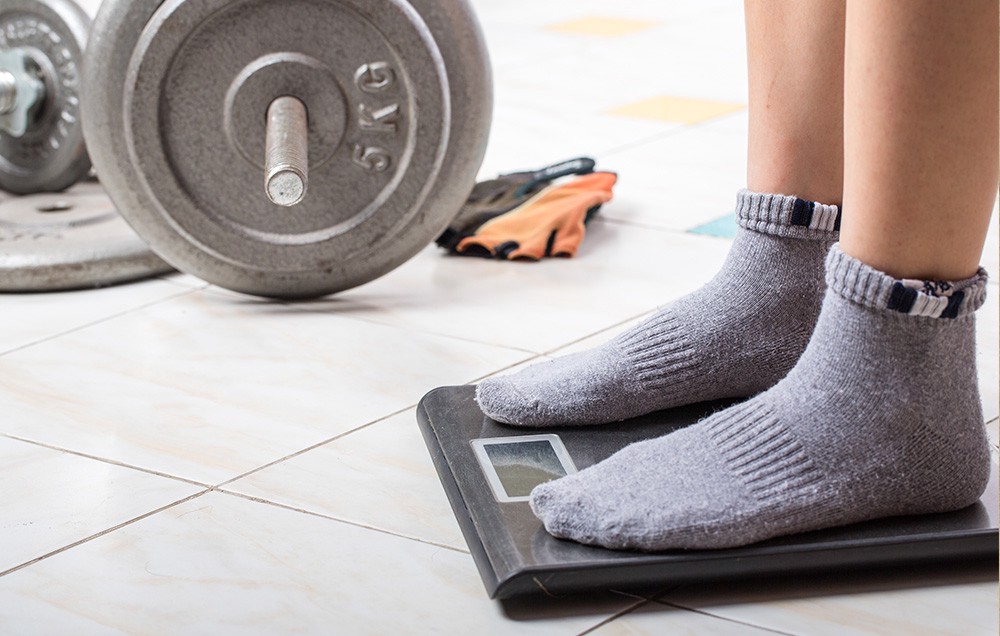
A study by University of Alberta researchers has shown the fat cells that lie just beneath our skin shrink when exposed to the blue light emitted by the sun.
According to the senior author,Peter Light, from the Alberta Diabetes Institute when the sun’s blue light wavelengths — the light we can see with our eye — penetrates our skin and reaches the fat cells just beneath, lipid droplets reduce in size and are released out of the cell. In other words, our cells don’t store as much fat,”
Insufficient sunlight exposure may promote fat storage and contribute to the typical weight gain some of us have in winter. It’s not a giant leap to suppose that the light that regulates our circadian rhythm, received through our eyes, may also have the same impact through the fat cells near our skin.
Why We Need Sunlight?
We need vitamin D to help the body absorb calcium and phosphate from our diet. These minerals are important for healthy bones, teeth and muscles. Our body creates vitamin D from direct sunlight on our skin when we are outdoors. 10 to 20 minutes of sun is adequate in the spring and summer, but during the winter months, we need to spend almost two hours outside to get our fill of vitamin D.
According to María Antonia Serrano, a scientist at the UPV, and her colleagues, who analyzed ultraviolet solar irradiance (UVER) for four months of the year from 2003 to 2010 in the city of Valencia, which receives a large dose of UV radiation throughout the year, tracking the time it took to cause erythema (the reddening of skin caused by burns).
They found that in January, with 10 percent of the body exposed, people need 130 minutes to obtain the recommended daily dose of vitamin D. In July, on the other hand, with 25 percent of the body exposed, people need only around 10 minutes. In October, 30 minutes was enough. Part of the reason for this is that we wear more clothing in the wintertime, which means less surface area to be exposed to sunlight.
The study also found that age actually plays an important role in turning UV radiation into vitamin D. Older people are less able to produce vitamin D, with middle-aged adults having just 66 percent of the vitamin D-production potential that children have.
Vitamin D Deficiency & Weight Gain
Lower vitamin D levels is associated with more weight gain in older women, but the weight gain was relatively small,” says researcher Erin LeBlanc, MD. She is an endocrinologist and researcher at the Kaiser Permanente Center for Health Research in Portland, Ore. Vitamin D deficiency has been linked to many symptoms and conditions, such as bone health, autoimmune diseases, cancers, obesity, and fatigue and muscle weakness.
According to Brigham and Women’s Hospital, vitamin D and a hormone called leptin work together to regulate body weight. Leptin is produced in the body’s fat cells and works by sending a signal to the brain to let an individual know they are full and to stop eating. Vitamin D helps to keep leptin and this signal working properly, but when a person is vitamin D deficient, that signal gets disrupted and the body no longer knows it is full. This causes many people to overeat.
The intensity and duration of light necessary for this pathway to be activated, yet remains to be uncovered!
